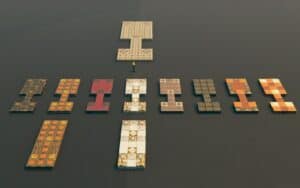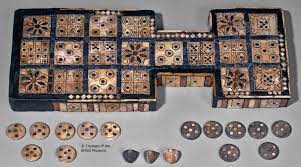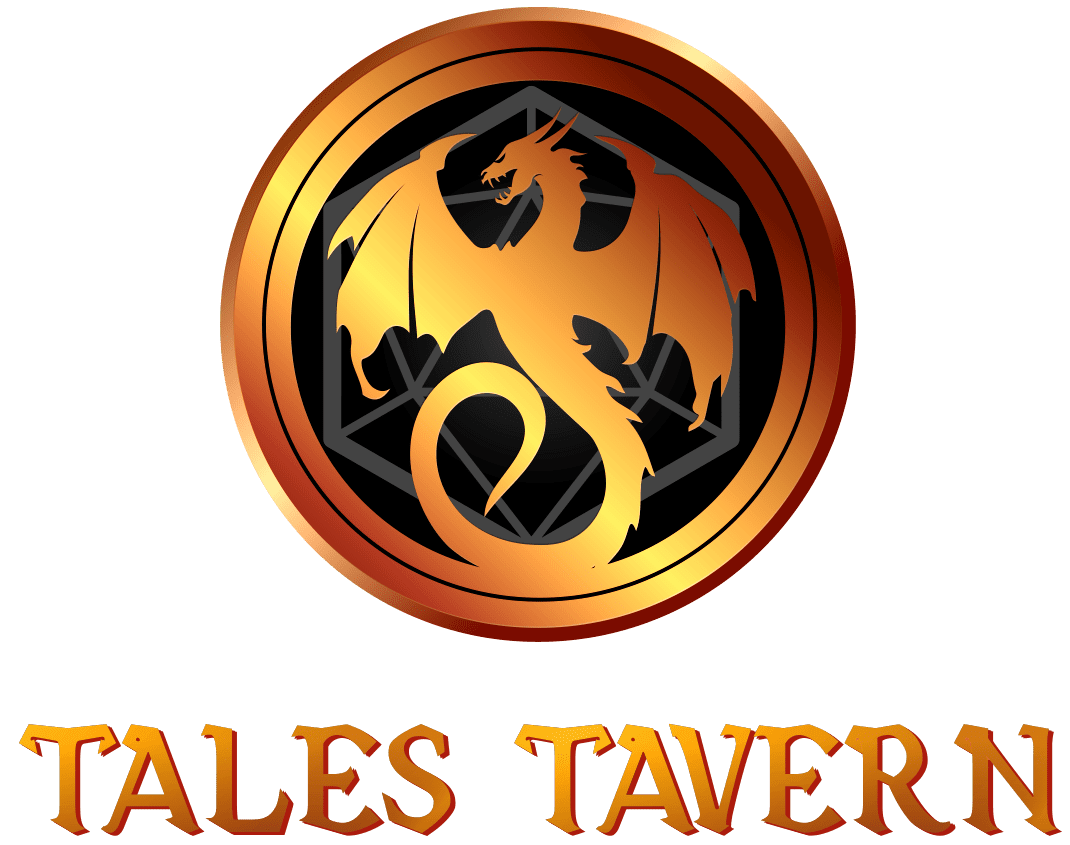The Royal Game of Ur Slab



11 different variants for the Royal Game of Ur board game, for those of you who either 1.) play board games on TaleSpire, or 2.) make your players play board games in game, like those massive living chess boards.
—
I first learned of this game in school, and was reminded of it in SkillTree’s recent YouTube video about making tavern games. You can find that video here: https://www.youtube.com/watch?v=lWBWs-EgALU
Irving Finkle explains the rules and plays against Tom Scott here: https://www.youtube.com/watch?v=WZskjLq040I
—
The Rules (Lite)
The Royal Game of Ur (also known as the Ur Game, and it possibly evolved into backgammon) is a racing game of luck and strategy. Your goal is to get all of your pieces safely across the board before your opponent, but beware the central “combat” row, where your pieces could get knocked off by your opponent.
Materials & Set Up:
-1 board
-7 game pieces per player
-4 binary dice (the traditional pyramid dice (like d4s) but with 2 corners painted white and the rest black, or coins, or regular playing dice using even as success and odd as failure)
Situate the board so each player has their side of the board.
How to Play:
-Direction of Movement. Each player has their own side of the board, and gameplay goes around the board in a C shape. Play starts in each player’s cut out, goes up across the beginning four spaces in each player’s starting zone, curves around to the middle 8 spaces that are where combat takes place, and finally curves back around to the two finishing spaces in each player’s ending zone. (Note: The four spaces in the starting zone and the two spaces in the ending zone are safe zones. Players may never play in the other’s safe zones.)
-Roll & Move. Decide who will play first (mutual choice, youngest or least familiar first, or rolling dice for most successes). The first player rolls the dice, and counts the number of successes, and moves a game piece that many spaces; they may put on a new game piece or move forward a game piece already in play, but they may not subdivide the roll between pieces and they must make a move if available, even if it lands them in a suboptimal position.
-Flowers or Stars. There are five “flowers” or “stars” (sometimes also called “florets”) on the board: one at the end of each player’s starting zone, one in the middle of the combat zone, and one at the very end of the finishing zone. When a player lands on a flower or star, they get to roll again and they are safe from capture.
-Capturing. If your piece would land on an enemy piece in the central “combat” section of the board, you knock that piece out of play. It returns to the opponent to be played again.
-Scoring Points. Once a piece has made it all the way across the board, it must roll the exact number of spaces to be able to come off the board. Once it is able to do so, it scores a point and is set aside to keep track of the score.
-Winning. The first person to score 7 points (by getting all their pieces all the way around the board and then off) wins.
—
If my rules were confusing, please let me know. I’m going to be teaching this to children at some point, too, and any feedback is welcome. Wikipedia and other sites often have handy images that map out gameplay, and there are several different interpretations on game rules that make the game longer or more complex.

